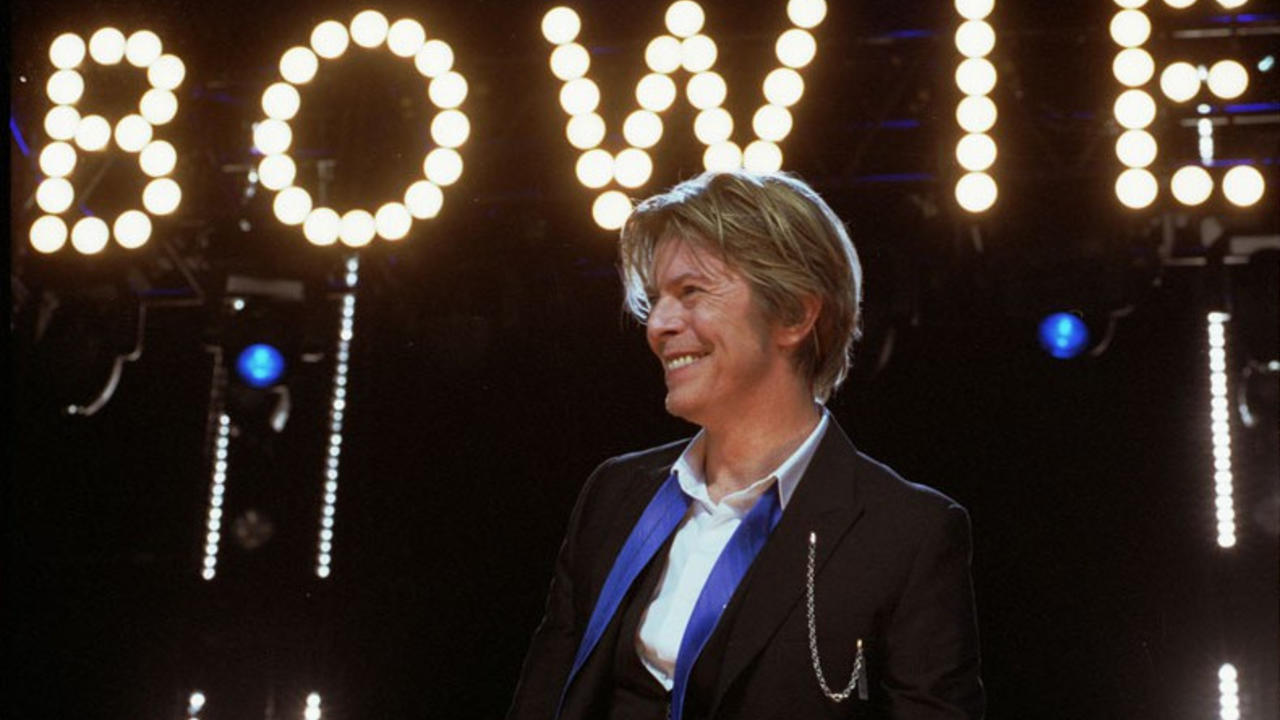The Two Paths
Jun 29, 2020
It’s a mistake to assume that there’s only two ways to approach your career—either as a laid-back, relaxed person who “takes what comes,” or as a gung-ho self-starter who is proactive and determined. What if it were possible to be both, depending on what’s right for you at the moment? What if success was possible even if you allowed yourself a break every now and then, and didn’t feel the need to race toward the future at 100 miles per hour?
What if you were a bit more like David Bowie? I think of the late, great musician and artist often. He was someone who, at the height of his fame, could still step back out of the limelight to take care of his own emotional and psychic needs. Years might pass between albums. When Bowie returned—much to the delight of his curious fans—he would have conjured a brand-new persona that perfectly captured the zeitgeist. If he grew tired of Ziggy Stardust, he became the Thin White Duke. I can think of no better picture of artistic freedom and reinvention.
Now, the typical artist can’t just choose to be Bowie—but they can take his lead, and recognize the importance of a pause, a break, and a recharge. Most successful artists I know carve out time in their busy schedules to step away from the studio, to reconnect with what makes them human—spending time on vacation, with family, or on an artistic retreat. This can also be an antidote to a creative rut. When an artist is on a roll, it can be tempting to keep doing the same old thing, to abide by the mantra of “if it’s not broke, why fix it?”
And while we can’t all be as famous as David Bowie, we can also experiment with our own kinds of artistic shapeshifting. I’m reminded of the writer J.K. Rowling of Harry Potter fame, who decided to try her hand at detective fiction, writing under the non de plume of Richard Galbraith. If you find yourself locked into one creative path, why not allow yourself the liberty of a whole new persona who can do things differently—who can enliven your painting practice by going wild with video, performance, or other media that seems new and a little risky?
Now, this doesn’t mean you have to invent elaborate costumes, change your hairstyle, and wear lightning-bolt makeup on your face. Inventing a new artistic persona can be a thought experiment, one that you undertake in private. Start with a blank canvas: What might your creative alter ego be named? What kind of artwork would she make, and how would she interact with dealers, studio visitors, and critics? If you tend to be reserved, calm, and a bit of a push-over, perhaps your creative alter-ego is brash, extremely confident, and a relentless dealmaker.
Ask this new persona how she feels about the career path you’re on. Is it too intense, or too undefined? What could help push things forward? Remember to take time out for yourself to recharge, rethink, and reassess what’s working and not working in your creative process. And don’t forget to get outside of the studio sometimes, to interact with the art world in person. Van Gogh was an artistic genius, but we only recognize that now; in his lifetime, he basically toiled in obscurity. Talent is fuel for your engine, but you’re not going to get very far if you don’t surround yourself with the right people, and if you’re not willing to promote and exhibit your own work.
Case in point: A British meditation guide named Tom Evans, whose business soared thanks to how open he was to the possibilities and potentials around him. In my book, The Modern Artist’s Way, I explore how Tom’s modestly successful publishing business—with an impressive 16 books published over the course of a decade—exploded when he joined forces with a new meditation app, Insight Timer. Fast-forward to the present day, and this once niche author is now a beloved staple of the online meditation scene, with over 2 million fans having listened to his meditation sessions.




